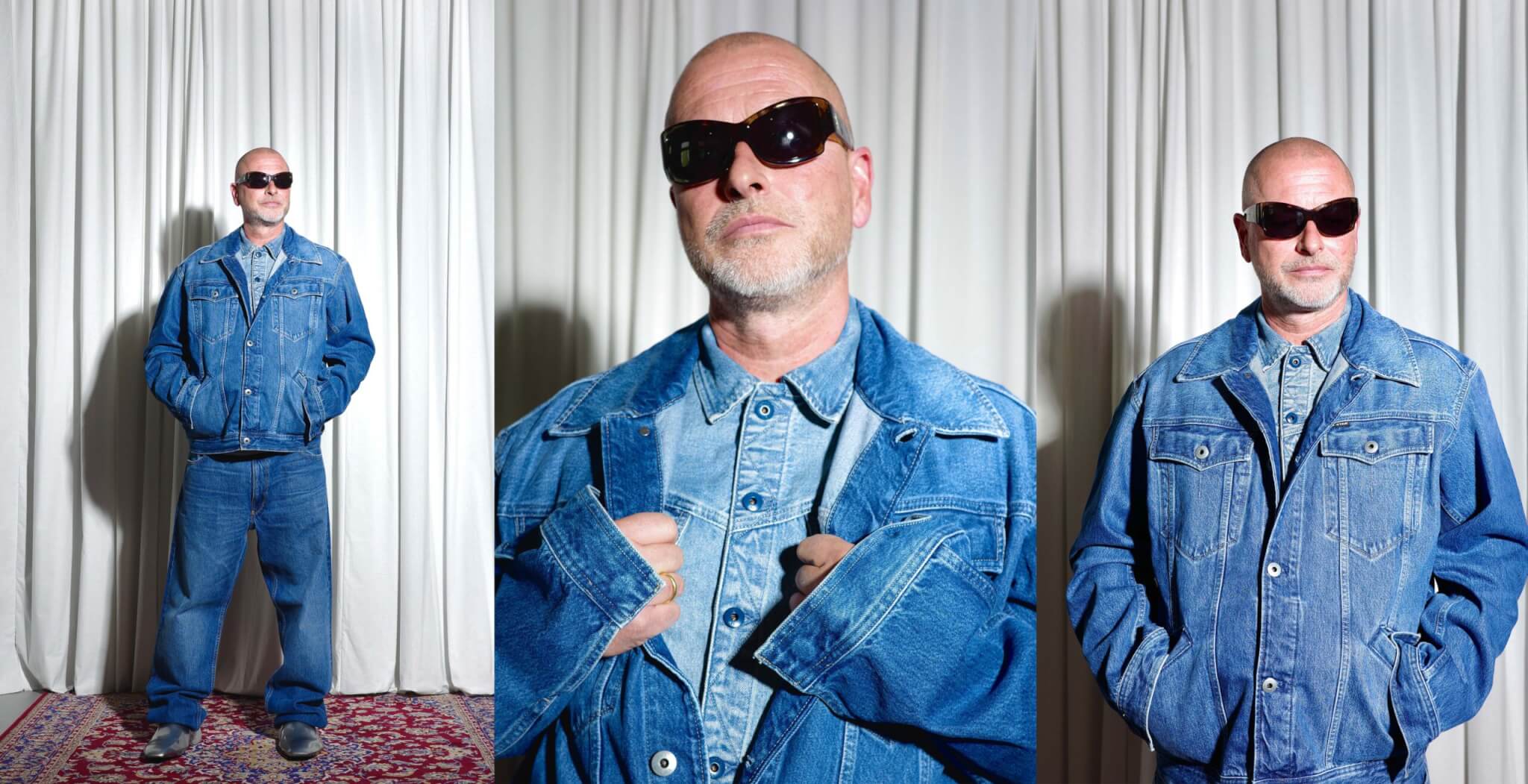Red in architecture
If, like me, you have recently developed a fascination with rich hues, ornate wallpapers, and gallery walls, you are not alone. To many Gen Zers, Minimalism is out, and maximalism is in. While the minimalist aesthetic was all the rage during the 2010s, Gen Z has been making the 2020s all about maximalism so far.
What’s fascinating about the maximalism trend is that while it might seem like a new, regular youth trend, it’s anything but that. It might seem surprising at first, but people all over the world have been loving richly decorated spaces for the longest time. Talk about the circularity of trends!
Maximalism – a core feature of the world’s architectural history
Dream homes didn’t, in fact, used to be white-walled but were rich in color, art, and character and deeply influenced by local culture and customs. What we now call Minimalism has risen to prominence in the form of Brutalist and Modernist architecture during the rise of Fascism in Europe about a century ago. Given its time of birth, it’s easy to see how Minimalism’s lack of culture-specific elements and the emphasis on watered-down Western European influences are no coincidence.
Despite Minimalism’s recent moment in the spotlight, a maximalist approach to architecture has been the go-to throughout history. This approach applied not only to lines and textures but also to colors. Of course, no color is more maximalist than red, historically employed to communicate anything from power and prosperity to love and warmth.
For your viewing pleasure, we have selected some of the most iconic and maximalist uses of red in architecture from the past and the present.
Dolmabahçe Palace (Dolmabahçe Sarayı) Istanbul, Turkey
If anyone has ever questioned your choice of painting your walls anything other than white, claiming you’d grow tired of it, show them a picture of Dolmabahçe Palace’s iconic red room. This room is one of the most popular attractions in this majestic 19th-century palace located in Istanbul’s Beşiktaş district, which cleverly combines Ottoman Baroque, Rococo, and Neoclassical elements.
The room features endless lavish decorations and art, from frescoes depicting scenes from Ottoman mythology and history to the ornate crystal chandelier. Like the rest of this palace, the brainchild of architects Garabet Balyan and Nigoğayos Balyan, the red room is as gilded as it gets—no surprise in a palace containing 14 tons of gold in the form of decorations.
What gives this former Sultans’ reception room its name, though, is its dominant color: a vibrant, stately red. In Ottoman culture, this color symbolized prestigiousness and power, making it the obvious choice for this opulent stateroom.
Gyeongbokgung (경복궁) Seoul, South Korea
Red is a show-stopper on its own, but paired with the right colors, it can help create a beautiful harmony. A great example of this can be seen at Gyeongbokgung in northern Seoul.
In this Joseon Dynasty (1392-1910) palace, the color acts as a co-protagonist along with blue, yellow, white, and black in the building’s ornamental coloring. This combination incarnates the principles of Dancheong, a style of interior and exterior wooden building decoration based on yin and yang and the Five Elements Theory.
These decorations had both practical and symbolic aims, with Dancheong protecting the wood and communicating the building’s status. Only high-ranking and public edifices sported this five-color pattern. In Gyeongbokgung, though, red takes center stage in the exquisite throne room.
The core of this room is, in fact, the red Phoenix Throne (어좌), which sits in front of the Irworobongdo folding screen decorated with a landscape painting of the sun and the moon. The red of this artwork of a throne was associated with authority and was believed to have apotropaic powers.
Red Fort Complex (लाल किला) Delhi, India
When we think of red in architecture, the first thing that comes to mind is vibrant paint. Stone, though, can also come in fabulous shades of red. That’s exactly what has been used to build the iconic enclosing walls of Delhi most famous red building, the Red Fort Complex in Old Delhi. Fittingly, the warm-colored stone that gives the building its name is a type of sedimentary rock called red sandstone.
Its majestic red perfectly fits this UNESCO World Heritage Site, which includes a mix of Persian, Islamic, Timurid, and Hindu architectural elements representative of Mughal architecture. Its construction lasted 10 years, from 1638 to 1648. The result, though, is a palace fort whose array of palaces, gardens, and pavilions makes it a symbol of its era’s architectural splendor.
In addition to its undeniable value as a historical building, the Red Fort Complex has been the site of many pivotal events in India’s geopolitical history, such as the first celebration of India’s independence.
China Art Museum (中华艺术宫), Shanghai, China
While there are plenty of iconic red historical buildings scattered across the world, architects still use the power of the color red today. A perfect example is the eye-catching China Art Museum, designed by Chinese architect He Jingtang. Located in the district of Pudong, Shanghai, this municipal art museum is housed in the country’s pavilion of the 2010 Expo.
At a staggering height of 63 meters, He Jingtang’s pavilion-turned-museum came in the bright red of some red Chinese temples and was built in a structure inspired by an ancient Chinese construction technique called Dougong.
This technique consists of interlocking blocks, a traditional and effective procedure that stabilizes top-heavy buildings such as the China Art Museum. The color is also no coincidence as red is rich in positive symbolism in Chinese culture, associated with good luck and prosperity.




























